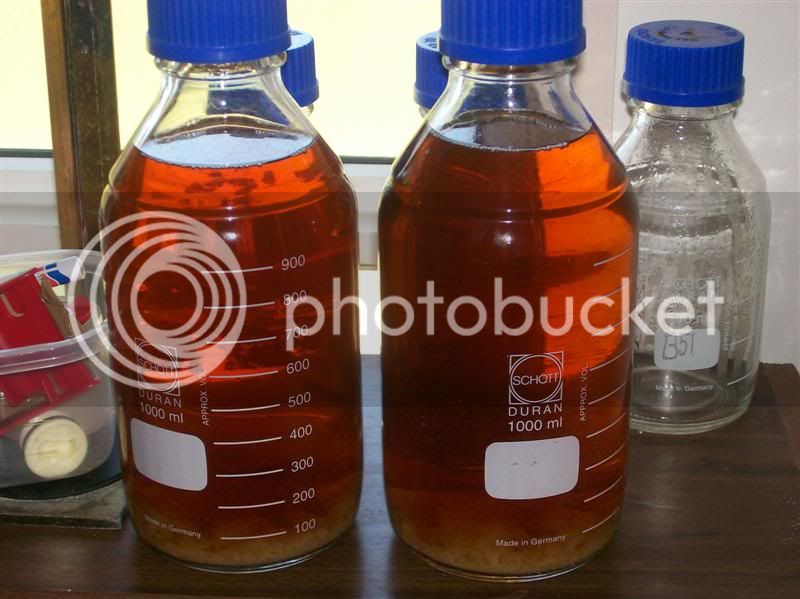Hey Guys,
Maybe you are all looking at "efficiency" from the wrong angle.
I would say that it should express the amount of sugars that are extracted from the grain,not the amount of liquor that is produced.
These sugars are present in the trub and should be included.
The amount of wort at any stage is immaterial as it is only a carrier for the sugars.
Just my 2c worth.
Maybe you are all looking at "efficiency" from the wrong angle.
I would say that it should express the amount of sugars that are extracted from the grain,not the amount of liquor that is produced.
These sugars are present in the trub and should be included.
The amount of wort at any stage is immaterial as it is only a carrier for the sugars.
Just my 2c worth.





